- 2022-03-28 12:26:57

You may find the introduction article from following link:https://pals.com.tr/blog/environmental-test-engineering-and-pals-service-article-series-1
We will proceed to elaborate the “Methods” and “Procedure”s of environmental standards of MIL-STD-810 in our article series. Instead of writing down the obvious information already given in the standard, we will be discussing more practical information on product design, features regarding “Equipment Under Test” (EUT), and conducting tests.

Figure 1 Salt Spray Chamber in Use
Test Method 509.5 – Salt Fog
The salt fog method is performed to determine the effectiveness of protective coatings and finishes on materials. It may also be applied to determine the effects of salt deposits on the physical and electrical aspects of the material. This method is for screening purposes only to evaluate the effectiveness and quality of protective coatings and finishes on materiel and material coupons, and to locate potential problem areas, quality control deficiencies, design flaws, etc., in a relatively short period.
This method does not attempt to duplicate the complex environment but, rather, it provides a generally stressful situation that may reveal potential problem areas in the material. Testing in the natural environment, whenever practical, may provide more valuable results.
Test Duration
The standard exposure of 48 hours of exposure and 48 hours of drying time has not changed. However, experience has shown that alternating 24-hour periods of salt fog exposure and drying conditions for a minimum of four 24-hour periods (two wet and two dries), provides more realistic exposure and a higher damage potential than does continuous exposure to a salt atmosphere. If, for any reason, this option is not acceptable (e.g., facility limitations or commodity requirements), perform the standard 48 hours of exposure followed by the 48 hours of drying. Increase the number of cycles to provide a higher degree of confidence in the ability of the materials involved to withstand a corrosive environment.
Tips and Tricks;
• Discuss EUT configuration with the customer. Prefer conditions for EUT most likely to be affected in real life. I.e. Storage, Packed, Unpack, Deployed, etc.
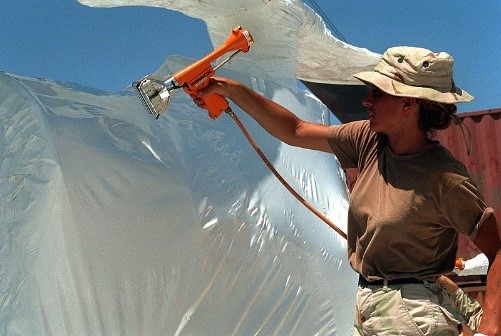
Figure 2 The US military shrinkwraps equipment such as helicopters to protect them from corrosion
• Set pass/fail criteria clearly with the customer; which operational features needed to be tested after storage or during tests. Prepare instructions for test laboratory experts step by step about how to test EUT.
• Rust takes time to occur. It may not incidentally result from this test but keep in mind water, salt and heat is a perfect combination which causes rapid corrosion.
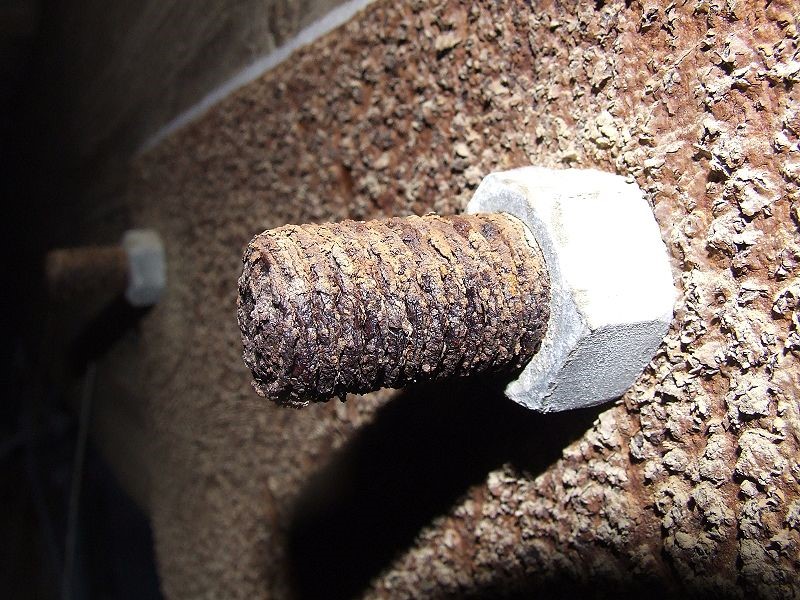
Figure 3 Rusted Bolt and Nut
• Corrosion tends to happen on metal parts. To prevent this to happen, the designer needs to know why and how corrosion took place. Do not mix up corrosion and rust. Rust is one of the results of corrosion. Corrosion happens where there is a two metal (a same or different kind) part that meets (i.e. cover of a box). When there is an electrical potential difference exists between these two metal parts, water becomes a conductive element to start electrons to flow. Do you remember the subject of electrolysis from science class? Combine this occurrence with oxygen in the air, it will speed up metal electrons to bind oxygen and start metal oxide a.k.a. rust. The easiest and cheap solution to prevent this is to make sure every metal part of a EUT is properly bound and grounded to prevent electrical potential differences. Please note Author intentionally used bound and grounded; not use “or” instead of “and” in this sentence.
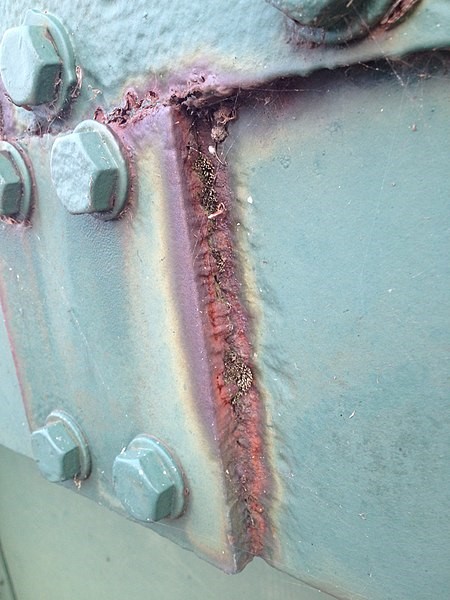
Figure 4 Corrosion where two metal meets
• Correct selection of the material by the design engineer affects the design life of a structure. Sometimes stainless steel is not the correct choice and carbon steel would be better. There is a misconception that stainless steel has excellent corrosion resistance and will not corrode. This is not always the case and should not be used to handle deoxygenated solutions for example, as the stainless steel relies on oxygen to maintain passivation and is also susceptible to crevice corrosion.
• Cathodic protection (CP) is a technique to control the corrosion of a metal surface by making it the cathode of an electrochemical cell. Cathodic protection systems are most commonly used to protect steel pipelines and tanks; steel pier piles, ships, and offshore oil platforms. For effective CP, the potential of the steel surface is polarized (pushed) more negative until the metal surface has a uniform potential. With a uniform potential, the driving force for the corrosion reaction is halted.
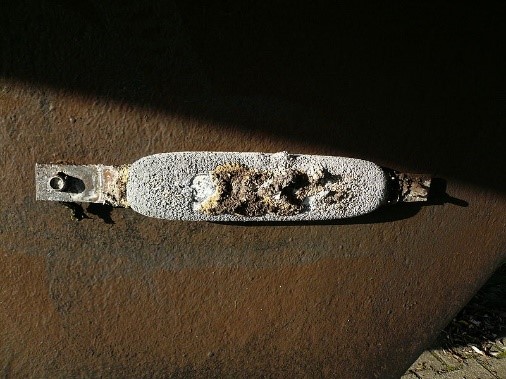
Figure 5 Sacrificial anode attached to the hull of a ship
• An inhibitor is usually a material added in a small quantity to a particular environment that reduces the rate of corrosion. They may be classified several ways but are usually
1. Oxidizing;
2. Scavenging;
3. Vapor-phase inhibitors; Sometimes they are called Volatile corrosion inhibitor
4. Adsorption inhibitors;
5. Hydrogen-evolution retarder.
• Another way to classify them is by chemical. As there is more concern for the environment and people are keener to use Renewable resources, there is ongoing research to modify these materials so they maybe are used as corrosion inhibitors.Plating, painting, and the application of enamel are the most common anti-corrosion treatments. They work by providing a barrier of corrosion-resistant material between the damaging environment and the structural material. Aside from cosmetic and manufacturing issues, there may be tradeoffs in mechanical flexibility versus resistance to abrasion and high temperature. Platings usually fail only in small sections, but if the plating is nobler than the substrate (for example, chromium on steel), a galvanic couple will cause any exposed area to corrode much more rapidly than an unplated surface would.
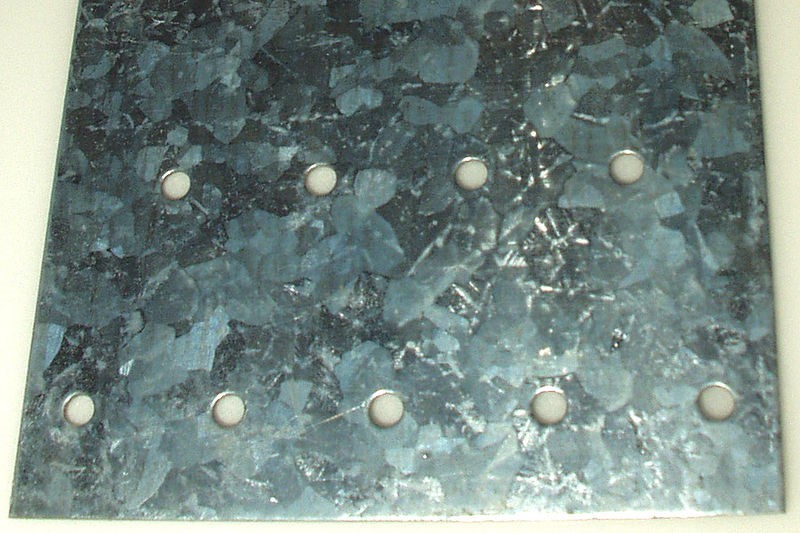
Figure 6 A galvanized surface (a steel "strong-tie" joiner)
DID YOU KNOW?
PALS Electronics has experts on all subjects of test engineering, mechanical or electronic design, environmental condition engineer, system engineer, etc. PALS provides consulting, training, tailoring, test plan, test engineering, test services in all phases of your project. Please feel free if you have any questions or inquiries from https://pals.com.tr/contact










